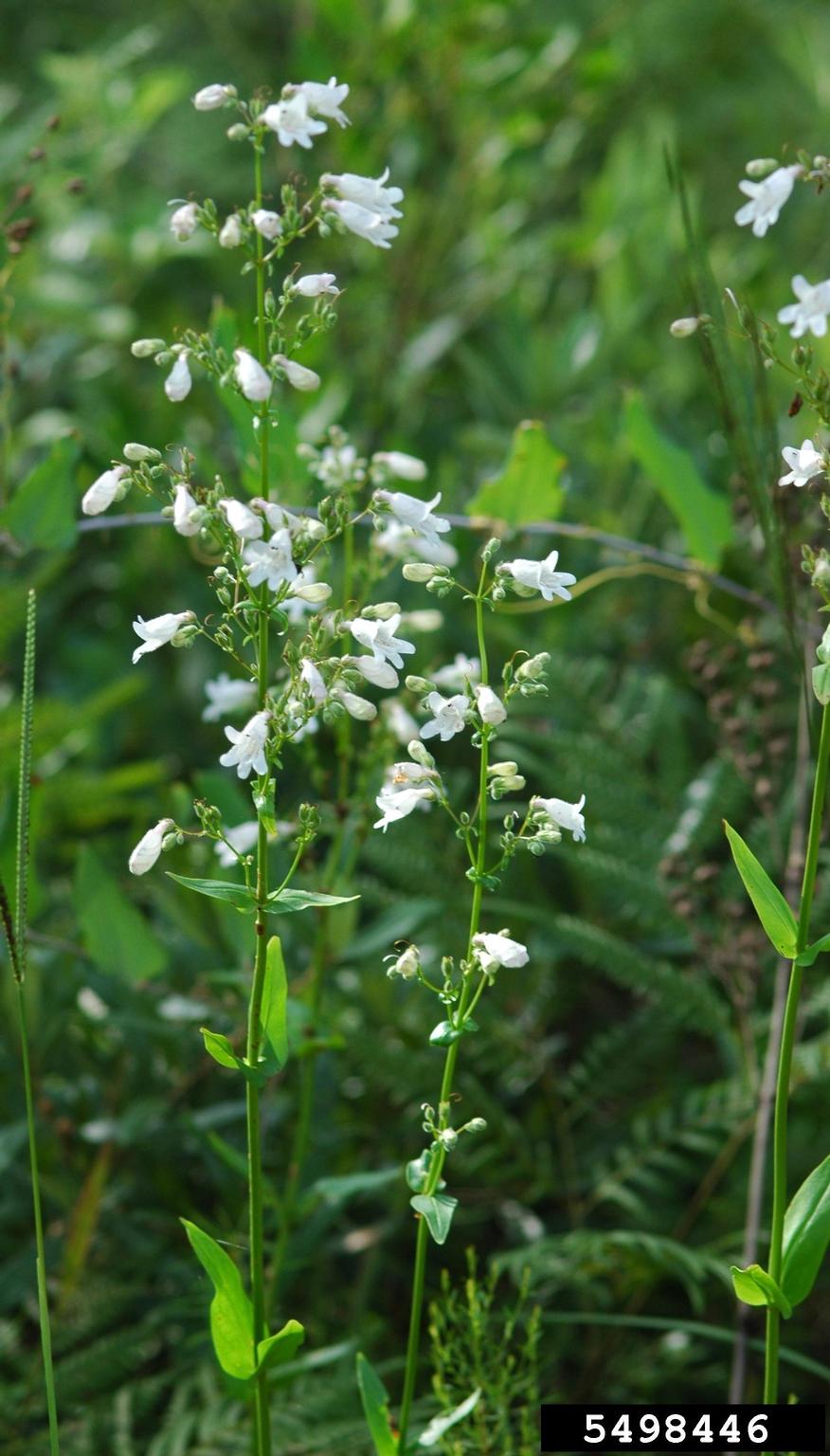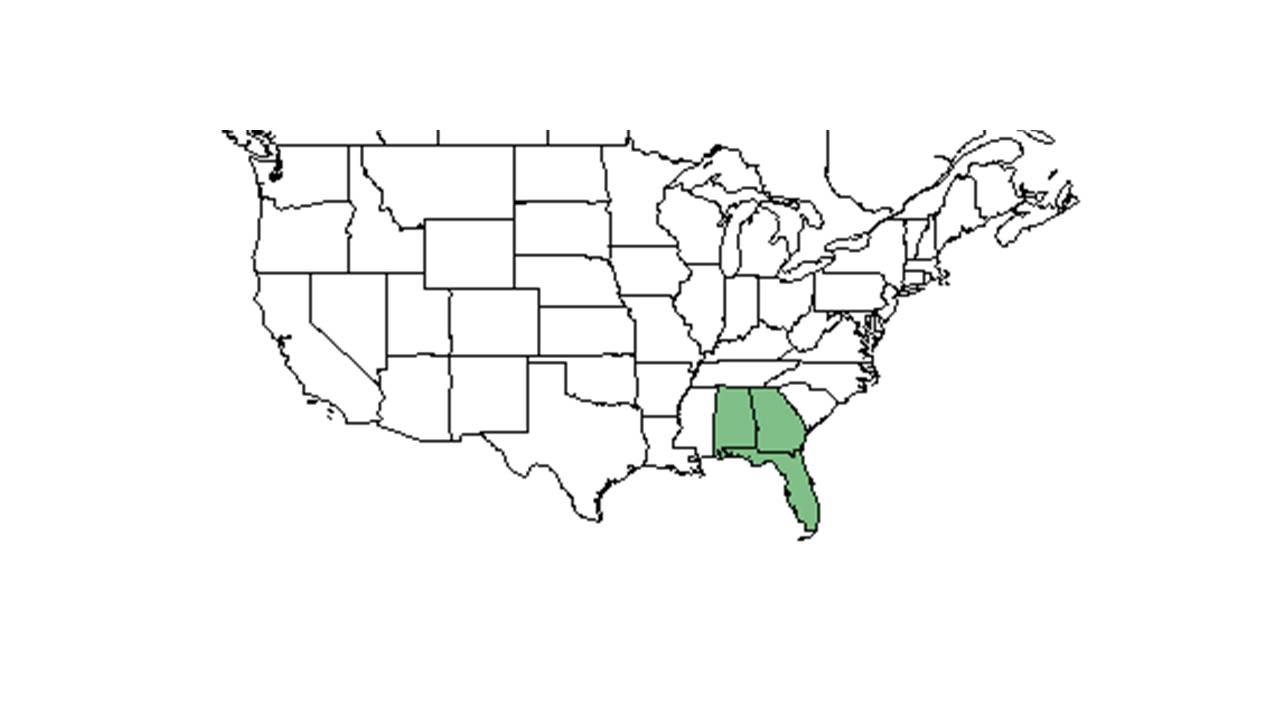Penstemon multiflorus
| Penstemon multiflorus | |
|---|---|

| |
| Photo by Karan A. Rawlins, University of Georgia, Bugwood.org | |
| Scientific classification | |
| Kingdom: | Plantae |
| Division: | Magnoliophyta - Flowering plants |
| Class: | Magnoliopsida – Dicotyledons |
| Order: | Scrophulariales |
| Family: | Scrophulariaceae |
| Genus: | Penstemon |
| Species: | P. multiflorus |
| Binomial name | |
| Penstemon multiflorus Chapm. ex Benth. | |

| |
| Natural range of Penstemon multiflorus from USDA NRCS Plants Database. | |
Common name: Manyflower beardtongue[1]
Contents
Taxonomic notes
Synonyms: none.[1]
Varieties: none.[1]
Description
Penstemon multiflorus has cauline leaves with basal leaves that are petioled. The inflorescence of many nodes with anther cells dehiscing by short proximal slits.[1]
The root system of Penstemon multiflorus includes root tubers which store non-structural carbohydrates (NSC) important for both resprouting following fire and persisting during long periods of fire exclusion.[2]. Diaz-Toribio and Putz (2021) recorded this species to have an NSC concentration of 109.5 mg/g (ranking 49 out of 100 species studied) and water content of 57.9% (ranking 37 out of 100 species studied).[2]
Distribution
This plant ranges from south-central Florida and southern Alabama, south to southern Florida.[1]
Ecology
Habitat
P. multiflorus occurs in sandy or loamy soil, preferring areas with high light levels.[3] It can be found in oak-pine-palmetto flatwoods, cabbage palm hammocks, and open stands of longleaf pine and scrub oak.[3] It can also occur in disturbed areas, including slash pine plantations, firebreaks, and roadsides.[3] Associated species include sand oak, live oak, saw palmetto, longleaf pine, scrub oak, and slash pine.[3]
Phenology
P. multiflorus has been observed flowering from May to August and fruiting have been observed in July and August.[3][4]
Fire ecology
This species has been found in habitat that is maintained by fire.[3]
Conservation and management
Cultivation and restoration
Photo Gallery
References and notes
- ↑ 1.0 1.1 1.2 1.3 1.4 Weakley, A.S. 2015. Flora of the southern and mid-atlantic states. Working Draft of 21 May 2015. University of North Carolina at Chapel Hill, Chapel Hill, North Carolina.
- ↑ 2.0 2.1 Diaz-Toribio, M.H. and F. E. Putz 2021. Underground carbohydrate stores and storage organs in fire-maintained longleaf pine savannas in Florida, USA. American Journal of Botany 108: 432-442.
- ↑ 3.0 3.1 3.2 3.3 3.4 3.5 Florida State University Robert K. Godfrey Herbarium database. URL: http://herbarium.bio.fsu.edu. Last accessed: June 2014. Collectors: Loran C. Anderson, Rodie White, R. A. Norris, Robert K. Godfrey, M. Davis, and Cecil R Slaughter. States and Counties: Florida: Calhoun, Columbia, Gadsden, Leon, Osceola, and Wakulla. Georgia: Grady.
- ↑ Nelson, G. PanFlora: Plant data for the eastern United States with emphasis on the Southeastern Coastal Plains, Florida, and the Florida Panhandle. www.gilnelson.com/PanFlora/ Accessed: 12 DEC 2016